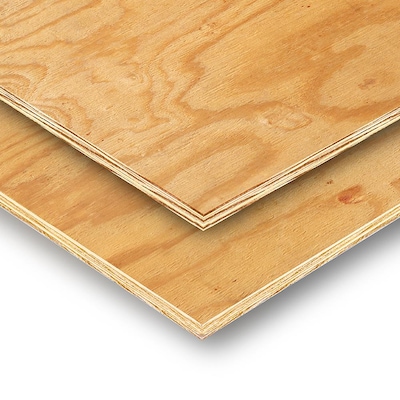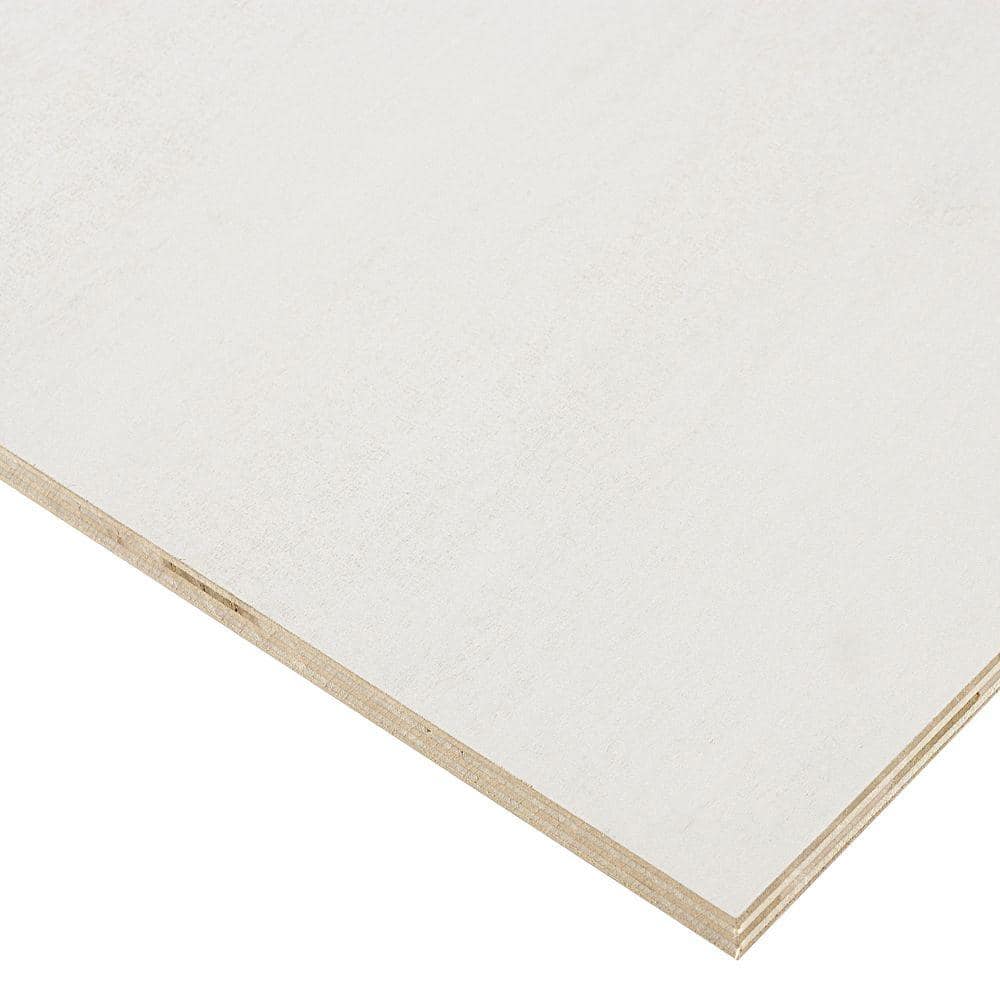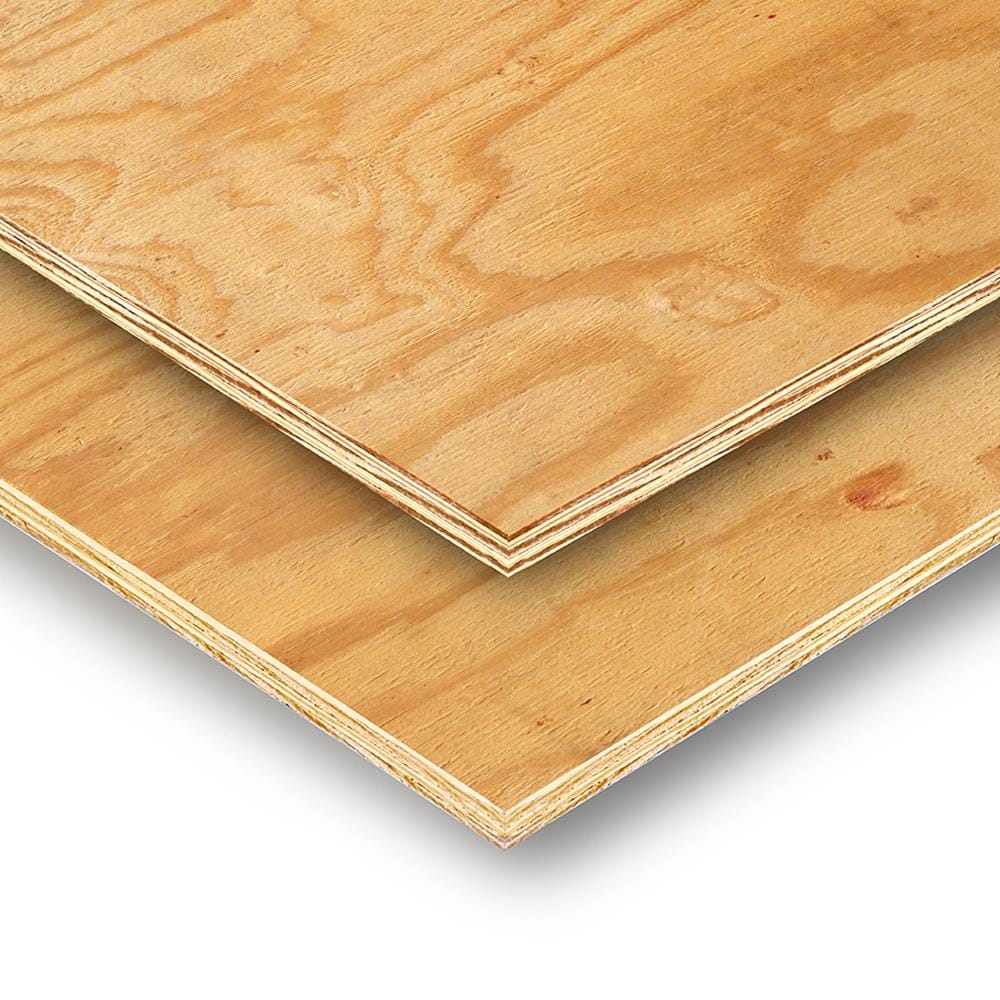If you’re wondering how strong 3/8 plywood is, you’ve come to the right place! Plywood is a versatile material commonly used in construction and woodworking projects. But just how sturdy is this particular thickness? Let’s dive in and find out!
When it comes to evaluating the strength of 3/8 plywood, several factors come into play. The thickness, number of plies, and the type of wood used all contribute to its overall durability. So let’s explore what makes 3/8 plywood a popular choice and understand its strength characteristics.
Whether you’re a DIY enthusiast or a budding carpenter, understanding the strength of different plywood thicknesses is essential. So, let’s unravel the mysteries of 3/8 plywood and uncover its true power!
Plywood is a versatile building material, but how strong is 3/8 plywood? 3/8 plywood is generally considered to be of medium strength. It can handle moderate loads and is suitable for a variety of applications such as furniture, cabinetry, and interior wall coverings. However, for heavier structural purposes, thicker plywood may be required. It’s important to consider the specific project requirements and consult with professionals to determine the appropriate plywood thickness for optimal strength.

How Strong is 3/8 Plywood? Exploring Its Strength and Applications
Plywood is a versatile and widely used building material, known for its strength and durability. Among the different thickness options available, 3/8 plywood holds a special place due to its balance of strength and flexibility. In this article, we will delve into the details of how strong 3/8 plywood is, its applications, and the factors that affect its overall strength.
The Composition and Construction of 3/8 Plywood
3/8 plywood, also known as 11/32 plywood, is composed of thin layers of wood veneer that are stacked and bonded together using a strong adhesive. The layers are usually arranged with the grain direction alternating per layer, which enhances the overall strength of the material. This construction method, known as cross-graining, gives plywood its inherent stability, making it less prone to warping or cracking compared to solid wood.
Each layer, or ply, is typically made from a different type of wood, such as birch, pine, or fir, depending on the desired strength, appearance, and compatibility with specific applications. The outer layers, known as face and back veneers, are usually of higher quality and provide a smooth surface finish.
With a thickness of 3/8 inch or approximately 9.5 millimeters, 3/8 plywood strikes a balance between rigidity and flexibility, making it suitable for a wide range of construction projects, including cabinets, furniture, flooring, and structural applications where load-bearing capacity is required.
The Strength of 3/8 Plywood: Factors to Consider
The strength of 3/8 plywood depends on various factors, including the type of wood used, the number of plies, and the quality of the adhesive bonding. Here are some key considerations:
Wood Species:
The type of wood used in the construction of 3/8 plywood greatly affects its strength. Different wood species have varying properties, such as hardness, density, and dimensional stability, which impact the overall strength of the plywood. Hardwoods like birch and maple are generally stronger than softwoods like pine or fir.
Ply Count:
The number of plies, or layers, in 3/8 plywood influences its strength. Typically, the more plies present, the stronger the plywood will be. Greater strength is achieved through cross-graining, as each layer provides reinforcement to the one beneath it. Therefore, plywood with more plies generally has higher strength and stability.
Adhesive Bonding:
The type and quality of the adhesive used to bond the individual plies together play a crucial role in determining the overall strength of 3/8 plywood. A strong and reliable adhesive ensures that the plies remain firmly bonded even under heavy loads or changing environmental conditions, resulting in a stronger plywood panel.
Applications of 3/8 Plywood
Due to its intermediate thickness and balanced strength, 3/8 plywood finds numerous applications in the construction and furniture industries. Here are some common uses:
Cabinets and Shelving:
3/8 plywood is often used for constructing cabinets, shelves, and storage units. Its strength, combined with its ability to hold screws and nails securely, makes it an ideal choice for creating sturdy and durable storage solutions.
Furniture:
From custom-built furniture pieces to DIY projects, 3/8 plywood can be used to create chairs, tables, desks, and more. Its rigidity and stability make it suitable for supporting weight and withstanding regular use. It can also be easily finished with veneer or paint to achieve the desired aesthetics.
Interior Wall Sheathing:
In certain construction applications, 3/8 plywood can be used as interior wall sheathing. It provides structural support and helps improve the rigidity and sound insulation properties of the walls. It can also serve as a base for attaching finishes, such as drywall or paneling.
In Summary
3/8 plywood possesses a good balance of strength and flexibility, making it a popular choice for a wide range of construction and furniture applications. Its construction, with multiple plies bonded together, ensures stability and resistance to warping or cracking. The strength of 3/8 plywood depends on various factors, including the wood species, number of plies, and the quality of adhesive bonding. Understanding these factors enables builders and DIY enthusiasts to make informed decisions when selecting the appropriate plywood for their projects.
Key Takeaways: How Strong Is 3/8 Plywood?
- 3/8 plywood is a popular choice for DIY projects and general construction.
- It is durable and can withstand moderate loads and pressure.
- However, it may not be suitable for heavy-duty or load-bearing applications.
- Strength of 3/8 plywood depends on the type and quality of the wood used.
- It is important to consider the intended use and consult experts or guidelines for specific projects.
Frequently Asked Questions
Welcome to our FAQ section dedicated to providing answers about the strength of 3/8 plywood. Check out the questions below to learn more about this topic.
1. How much weight can 3/8 plywood support?
3/8 plywood is commonly used for various applications, such as paneling, furniture, and subflooring. While it offers decent strength, the weight it can support depends on several factors. For smaller projects like cabinets or shelves, 3/8 plywood can support around 100-150 pounds per square foot. However, keep in mind that this weight capacity can change based on how the plywood is supported or if it is being combined with other materials.
For heavy-duty applications like flooring or construction projects, it is recommended to use thicker plywood for increased strength. Consulting a structural engineer or looking up specific load charts can provide more accurate weight capacity information for your particular use case.
2. Is 3/8 plywood suitable for building a subfloor?
Yes, 3/8 plywood can be used for building a subfloor, but it might not be the most ideal choice for all situations. Subfloors act as the base for other flooring materials, and they need to withstand the weight and foot traffic in a room. While 3/8 plywood can work for light-footed areas like bedrooms, it may not provide enough support for high-traffic areas like living rooms or kitchens.
If you plan to use 3/8 plywood for a subfloor, ensure it is installed properly with adequate support, including floor joists spaced closely together. Adding an extra layer of 3/8 plywood or using thicker plywood can enhance its strength and durability, making it more suitable for heavier use areas.
3. Can 3/8 plywood be used for outdoor projects?
While 3/8 plywood can be used for temporary outdoor projects, it is generally not recommended for long-term exposure to the elements. Plywood is made from layers of wood veneer bonded together, and moisture can weaken it over time, leading to warping or rotting.
If you need plywood for outdoor projects, it’s best to choose a type specifically designed for exterior use, such as pressure-treated plywood or marine-grade plywood. These types have additional treatments that make them more resistant to moisture, extending their lifespan and ensuring better performance in outdoor applications.
4. How does 3/8 plywood compare to 1/2 or 3/4 plywood in terms of strength?
When it comes to strength, the thickness of plywood plays a significant role. Generally, thicker plywood is stronger and more rigid than thinner options. Compared to 1/2 or 3/4 plywood, 3/8 plywood is not as strong and may have higher flexibility. This means it may have slightly less resistance to bending or bending forces.
If you need plywood for heavy loads or structural purposes, using thicker plywood like 1/2 or 3/4 might be more appropriate. However, for lighter-duty applications like interior wall paneling or lightweight furniture, 3/8 plywood can still provide sufficient strength and stability.
5. Can 3/8 plywood be used for roofing projects?
3/8 plywood is generally not recommended for use as roofing material due to its thinner profile. Roofing materials need to withstand various weather conditions, including wind, snow, and rain. Thicker plywood, such as 1/2 or 5/8, is typically used for roofing because it provides better strength and durability.
Using 3/8 plywood for roofing may result in reduced stability and increased risk of damage over time. It’s crucial to consult local building codes and regulations and follow the manufacturer’s recommendations when selecting the appropriate plywood for roofing projects.

Plywood Vs OSB
Summary
So, 3/8 plywood is pretty strong but not the strongest. It can hold up against moderate weight and is suitable for many projects. However, for heavy-duty projects, you may want to consider using a thicker plywood for added strength and durability.
In conclusion, 3/8 plywood is a decent option for general use, but if you need something stronger, go for a thicker plywood. Always consider the specific requirements of your project and consult with professionals if needed.
